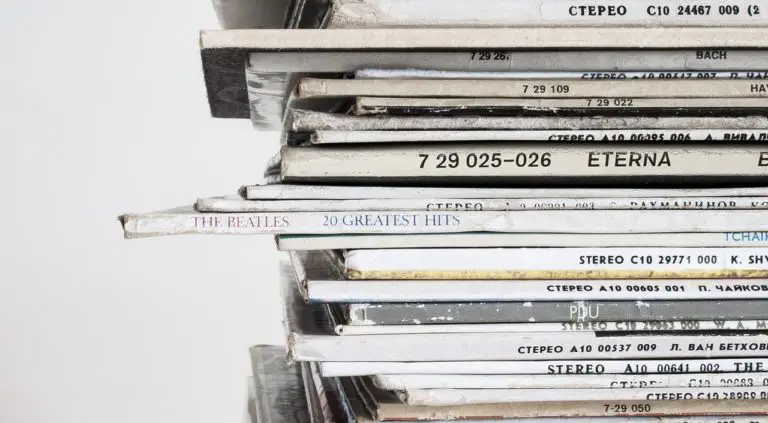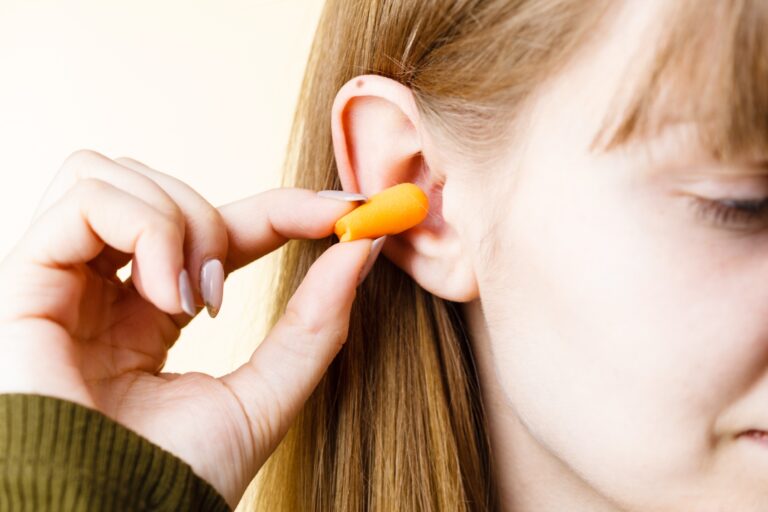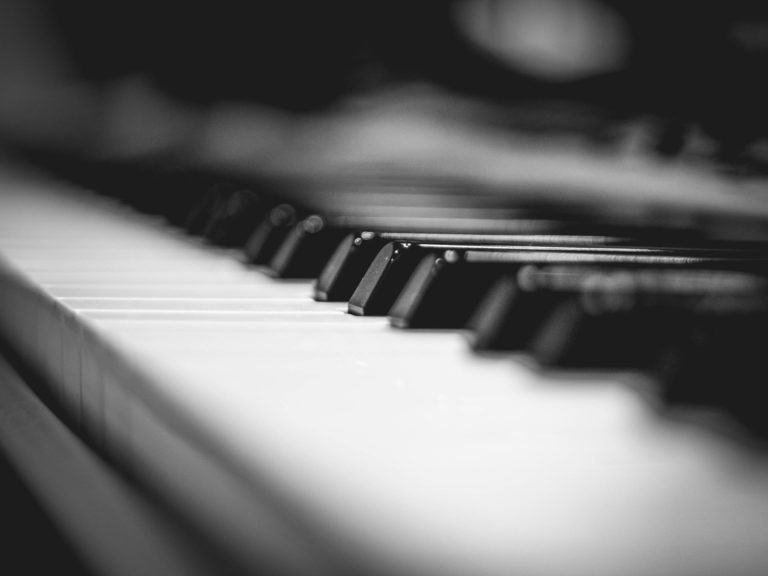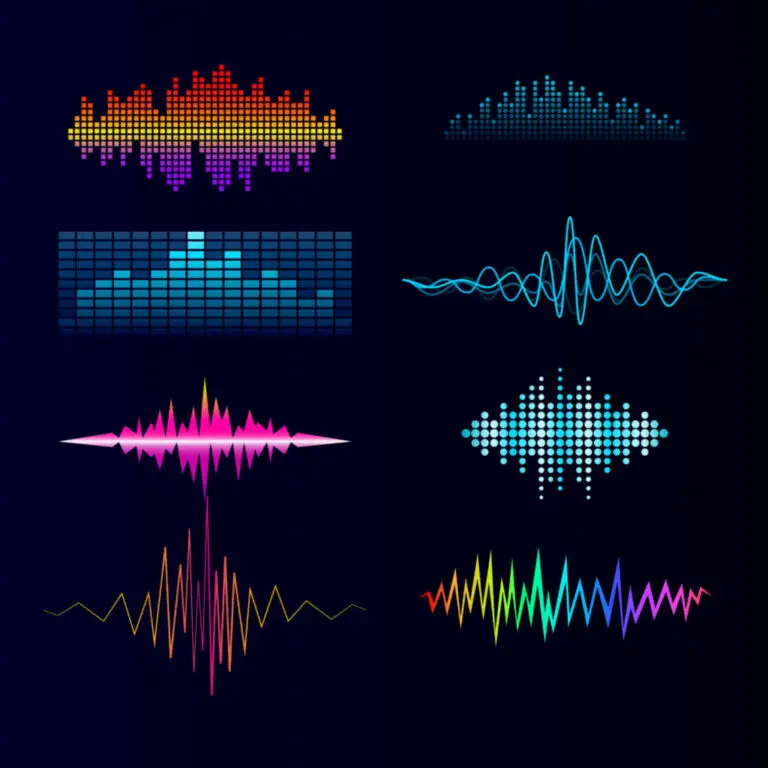How Long do Studio Monitors Last?
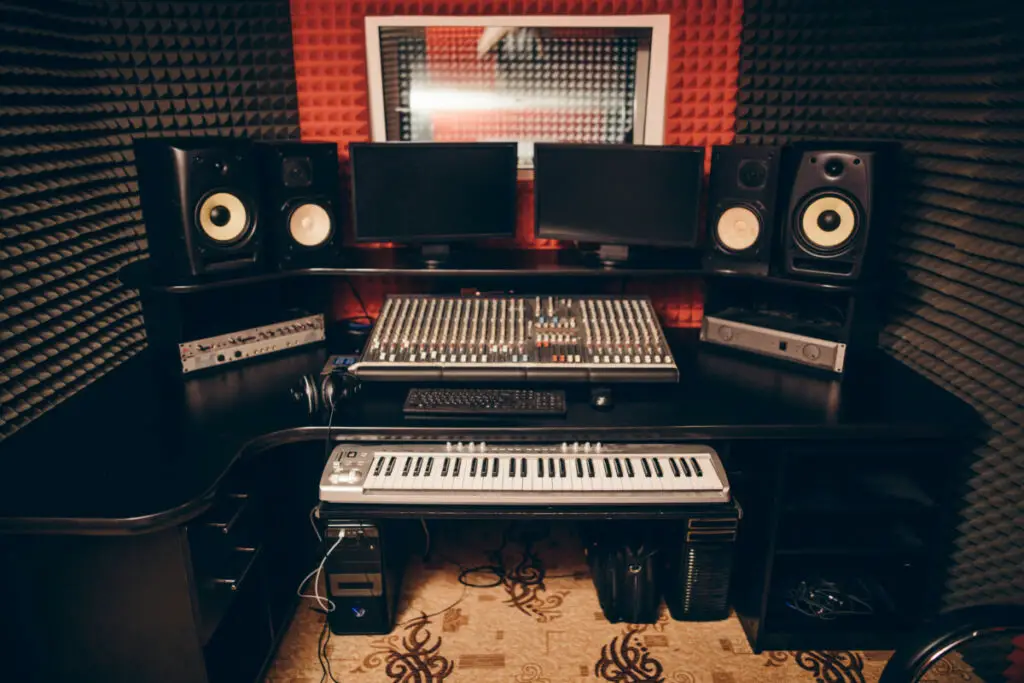
Studio monitors are an important part of nearly every recording studio, both professional and personal. Some people even use them for daily listening. But how long should you expect your new studio monitor to last?
Studio monitors can last for decades if operated normally and taken care of. Depending on the use, environment, and sensitivity of parts, they may need to be repaired or replaced every 5-10 years or so.
What factors affect studio monitor lifetime? Is there a way to keep your speakers working longer? This article will answer both of these questions to help you keep your studio monitors lasting as long as possible.
Two Main Factors That Affect How Long Your Studio Monitors Last
1. Passive vs. Active Speakers
Studio monitors are a fancy speaker that reproduces audio as accurately as possible. This makes it usable for editing, producing, and recording music.
As with any speaker, the audio signal being relayed to the speaker must be amplified to play at a normal listening level. Some studio monitors are passive, meaning an external amp must be hooked to them to play music. Others are active, and they usually last at different rates.
Active monitors have a built-in amp. In recent years, active monitors have become increasingly popular thanks to advancements in the components used to build them. Most studio monitors are active speakers, while Hi-Fi speakers, such as ones an audiophile might use, are typically passive.
Passive speakers usually last slightly longer than active speakers. This is because active speakers must be plugged into a power source. The direct power inevitably creates heat within the speaker, which can have an ever-so-slight effect on a speaker’s longevity.
However, this difference is very slight in modern speakers with great heat regulation. Even the biggest active speakers should last ten or more years if used properly.
2. Build Materials (Foam)
Studio monitors may last longer if they are built durably. Some materials last longer than others.
One material that wears out quickly in any speaker is foam. Foam is sometimes used instead of cloth or rubber around the woofers.
When the foam begins to degrade, it exposes other parts of the speaker (particularly the voice coil) to damage, thus shortening the speaker’s life. Rubber is the second least durable surround material, with cloth being the most long-lasting.
When is it Time to Replace a Studio Monitor?
Speakers can be used for as long as 25 years or more if parts are replaced as they fail. Whether it’s time to replace a studio monitor depends on whether it can still produce the same sound quality as it used to.
For those whose livelihood depends on being able to accurately record, mix, or master sound, a studio monitor needs to be perfect. It may need replacement if a part replacement or simple repair is no longer enough to get the speaker sounding right. If the repair cost gets close to the replacement price, go with the replacement.
Additionally, some people like replacing their speakers or studio monitors when they want to upgrade them to a better model. All in all, there is no single guideline for how long to keep a studio monitor in use.
What Parts of the Speaker Wear Out Fastest?
Certain speaker components tend to wear out faster than others. Many people find that the speaker’s cones tend to wear out first.
Speaker cones vary in material, with paper (although great for producing a brighter-feeling sound) being vulnerable to moisture. Cone degradation occurs with virtually every type of cone eventually. This is because the more a speaker is used, the less stiff the cone becomes; thus, the looser and more distorted the sound becomes.
Seven Ways to Make Studio Monitors Last Longer
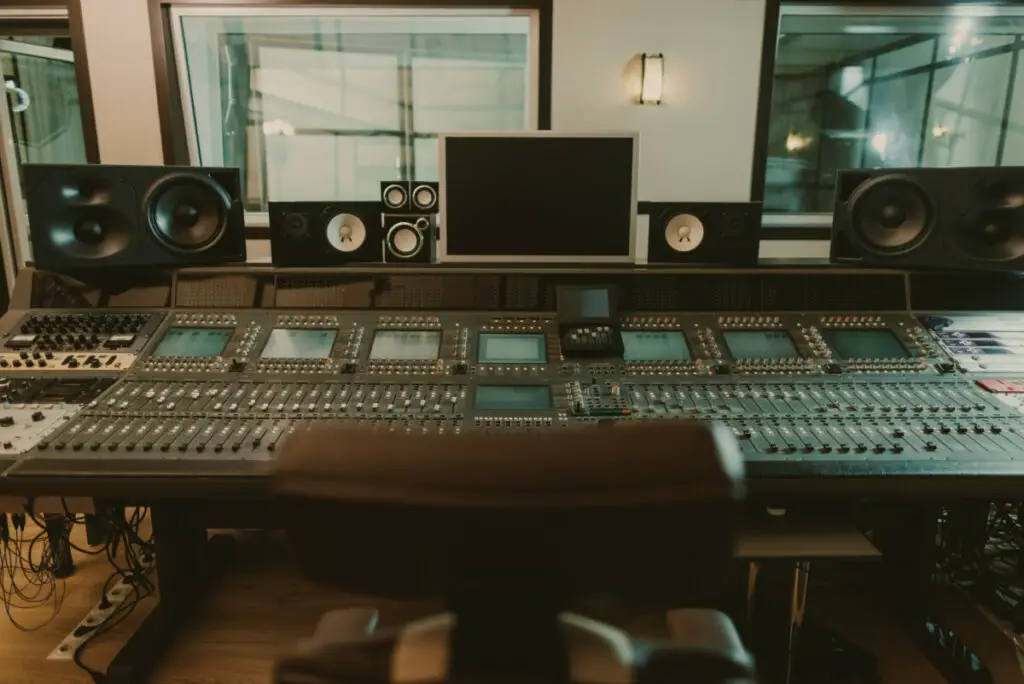
1. Turn Them Off When Not in Use (Let them Rest)
Speakers, powered ones at least, create heat when used. Even passive speakers will create some heat, even if it is just a minuscule amount.
But powered speakers are vulnerable to degradation from heat, as heat tends to put wear and tear on any electronic system. Turning powered speakers off when not in use will help to extend their lifespan, sometimes by a significant amount.
2. Repair Them as Necessary
Some components that may need to be replaced more frequently than other components include:
- Cables: If you are always unplugging and plugging your lines in or moving your setup frequently, your cables may not transmit signals as efficiently or cleanly as they used to.
- Internal Amps: In powered studio monitors, internal amps wear and tear significantly.
- Internal Electronics: The wiring inside speakers can degrade from heat and extended use. Speakers that use crossover systems may require repair every so often for the speaker to work properly.
3. Ensure Good Operating Conditions
Keep speakers out of direct sunlight to avoid overheating them. Keeping them in a large enough enclosure will also reduce the likelihood that they will overheat. Moisture damages speakers, as it can wear out both the cones in the speaker and damage the internal electronics.
4. Don’t Play Music that is Too Low, Too High, or Too Loud
People blow out their speakers with songs that are too loud, too low, or too high all the time. People often blow out the subwoofers by playing extremely loud bass-heavy songs.
Sadly, if your speakers aren’t under warranty, this may result in losing hundreds of dollars worth of equipment. Overuse and excessive use put extra wear and tear on a studio monitor’s different components.
5. Be Careful When Transporting Them
Speakers are prone to damage when transported. Make sure to protect them with acoustic foam when transporting them. Don’t be afraid to ask for help lifting. Two-person lifts will result in fewer drops. It will also prevent you from dropping speakers on your foot.
6. Ignore Myths about Studio Monitors
Some people think that by never turning off their speakers, they will last longer than normal, thanks to the myth that turning electronics off and on damages them. This is not the case, at least not in any meaningful way. Keeping speakers always on will reduce their longevity.
7. Clean Your Monitors
Like other equipment pieces and musical instruments, grime can get in unwanted places. This is why it’s important to clean your studio monitors. Cleaning them once a month at least should help, but you can clean them more often.
Check out this video to learn how:


